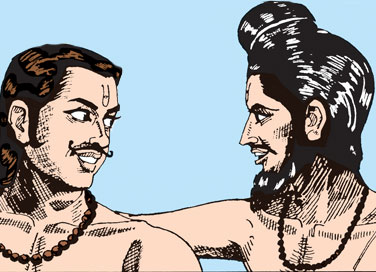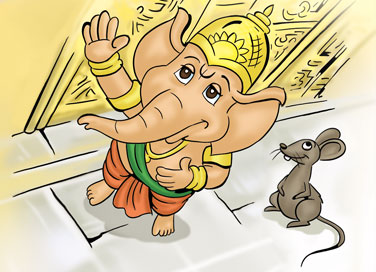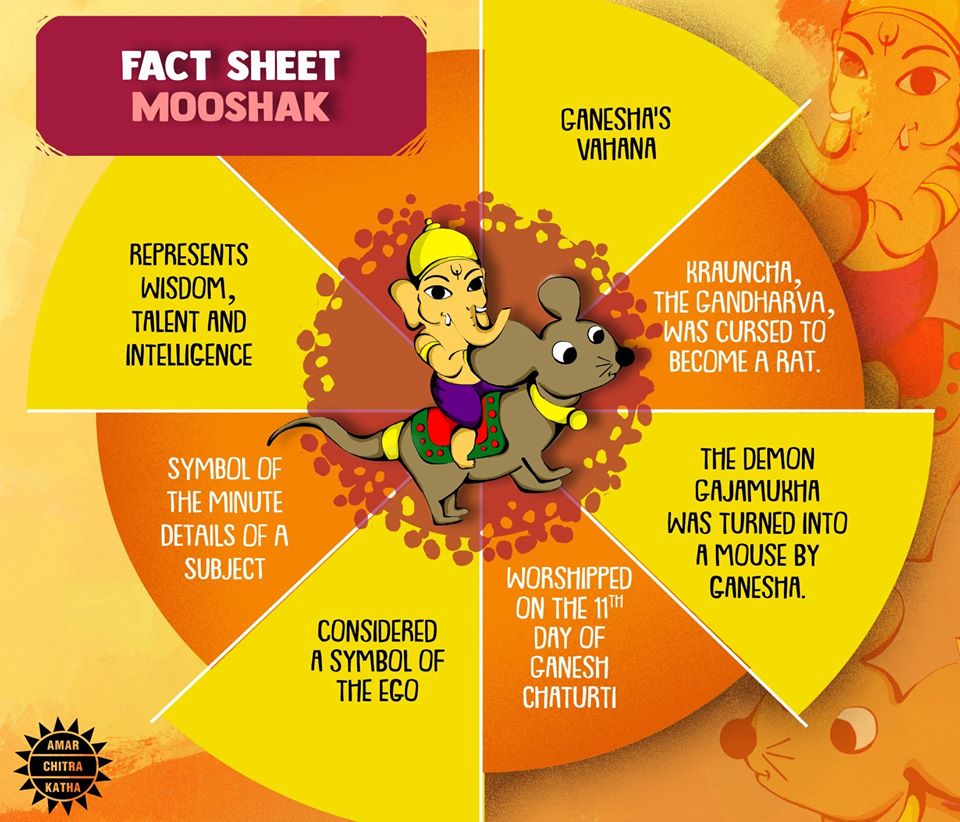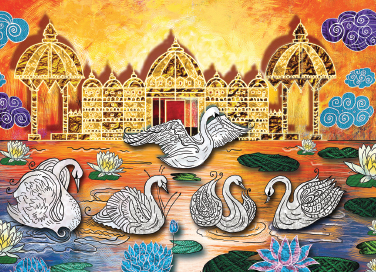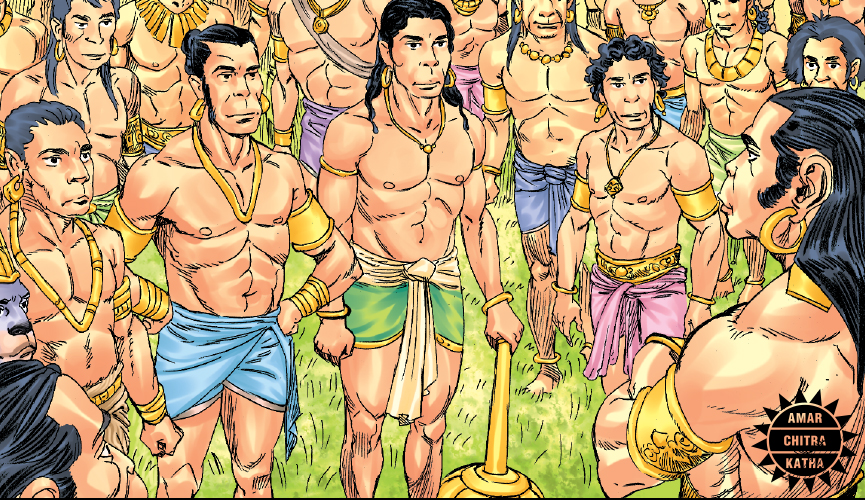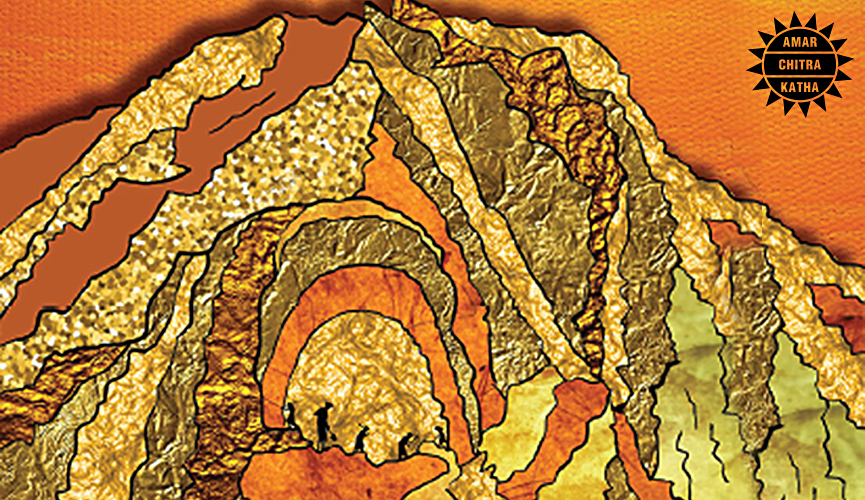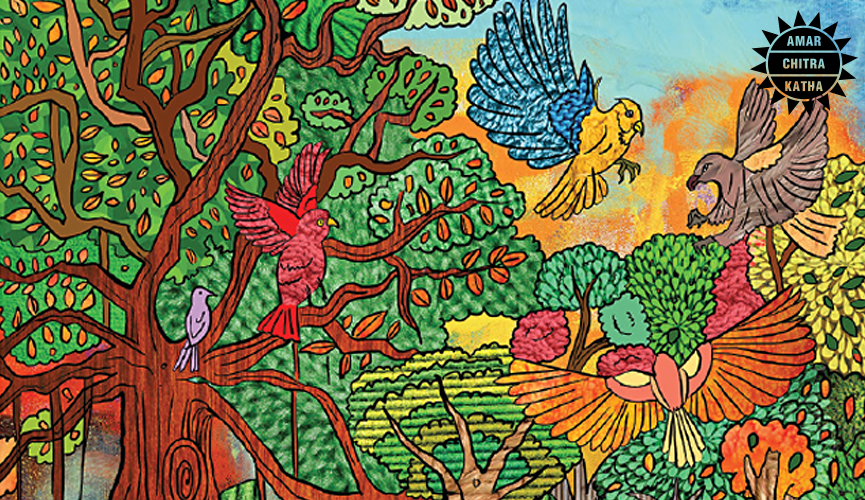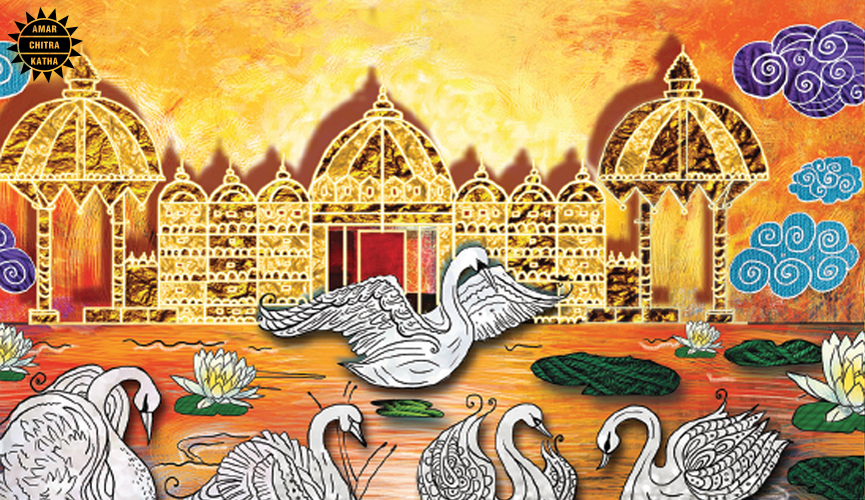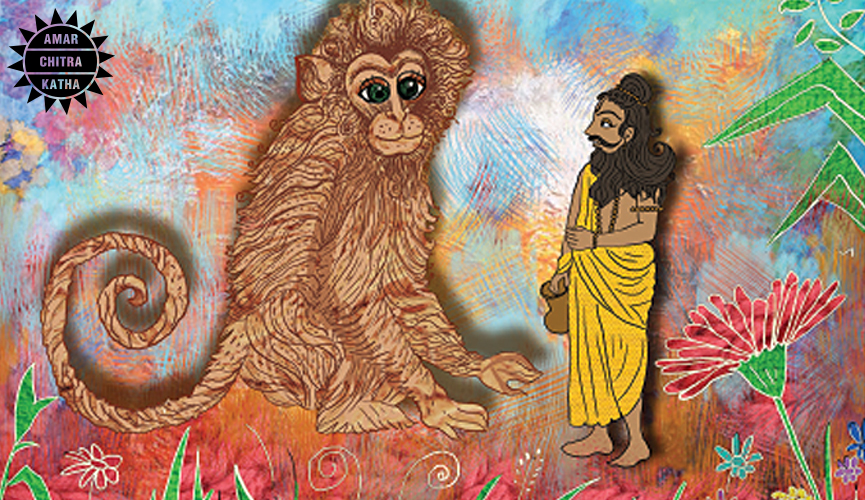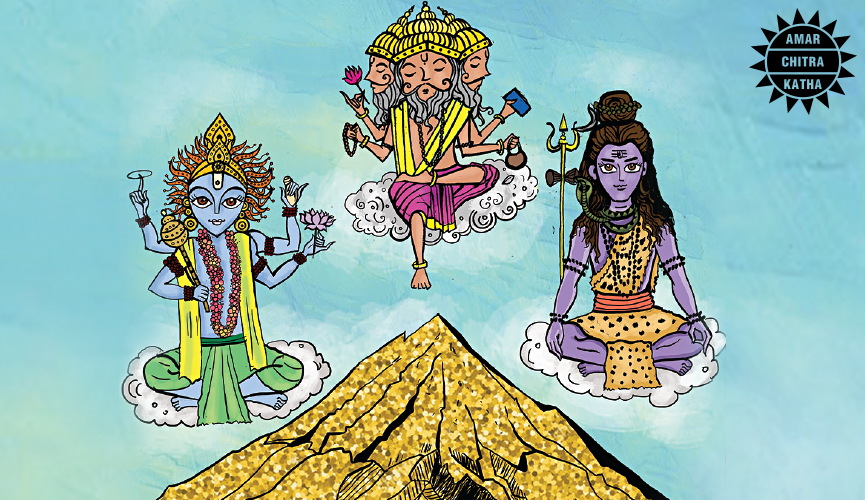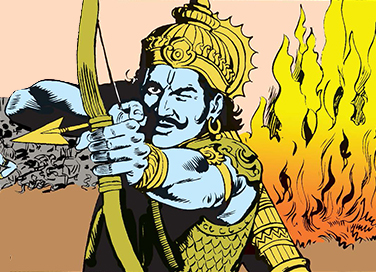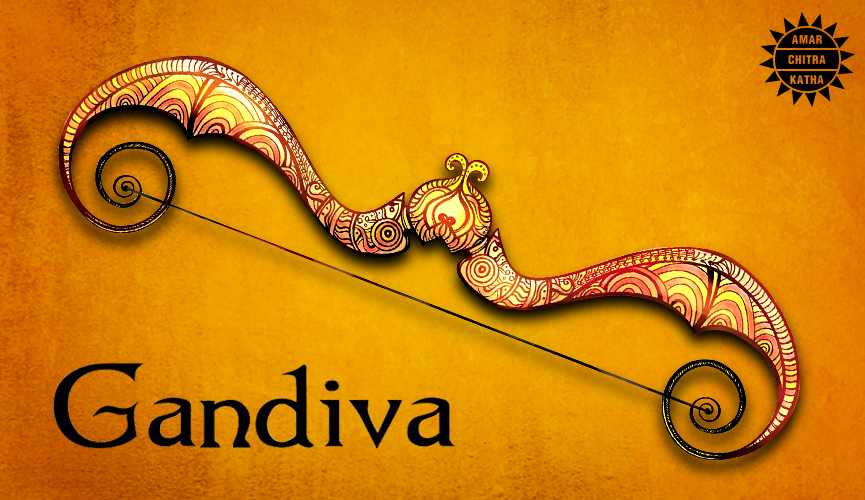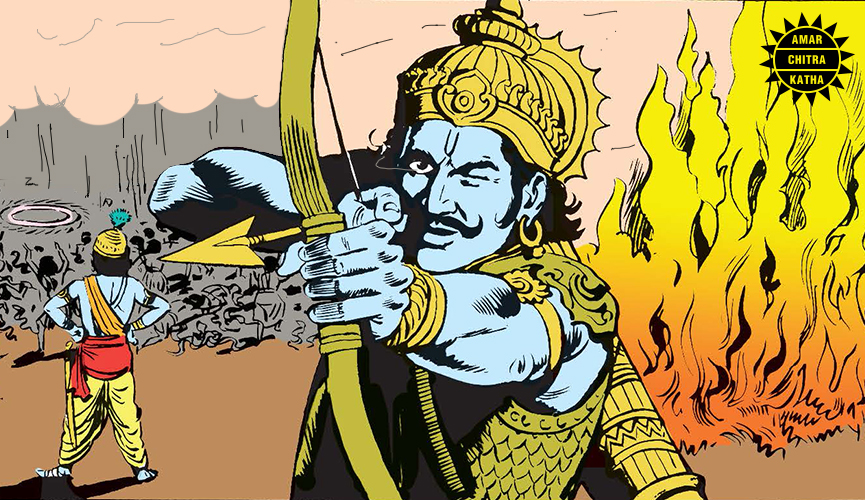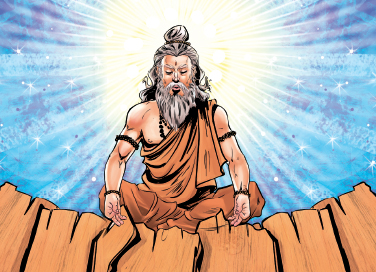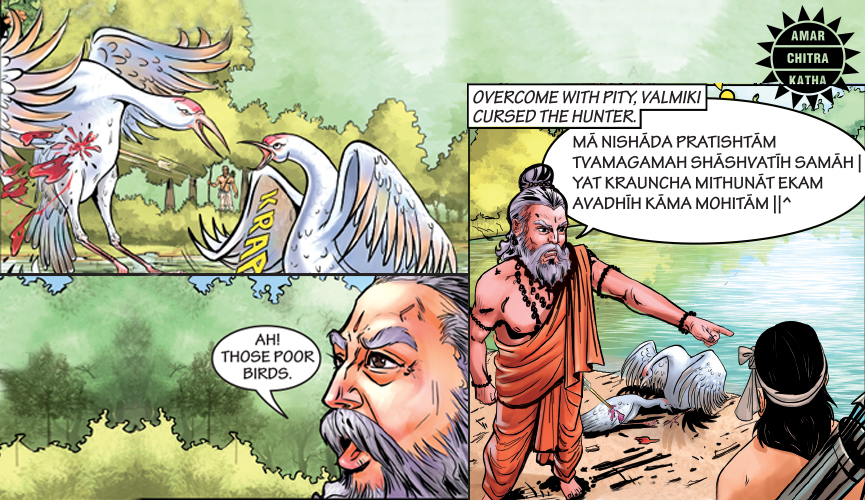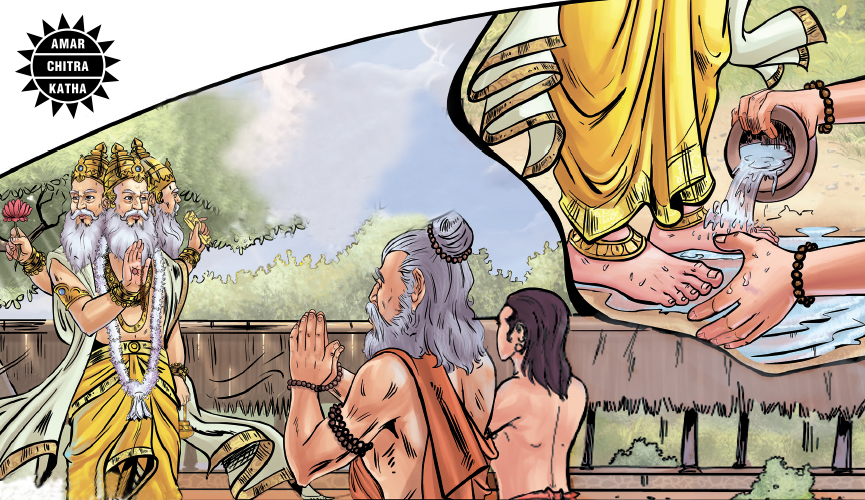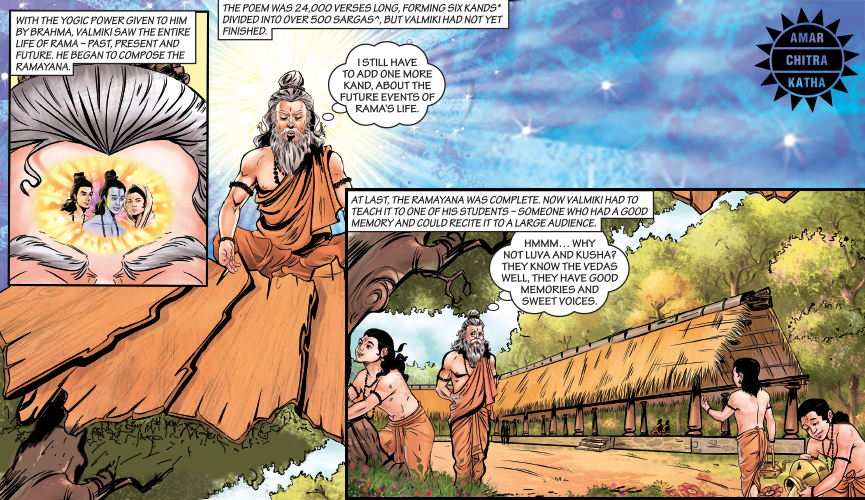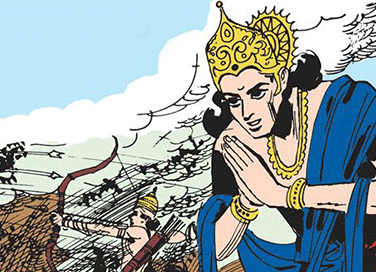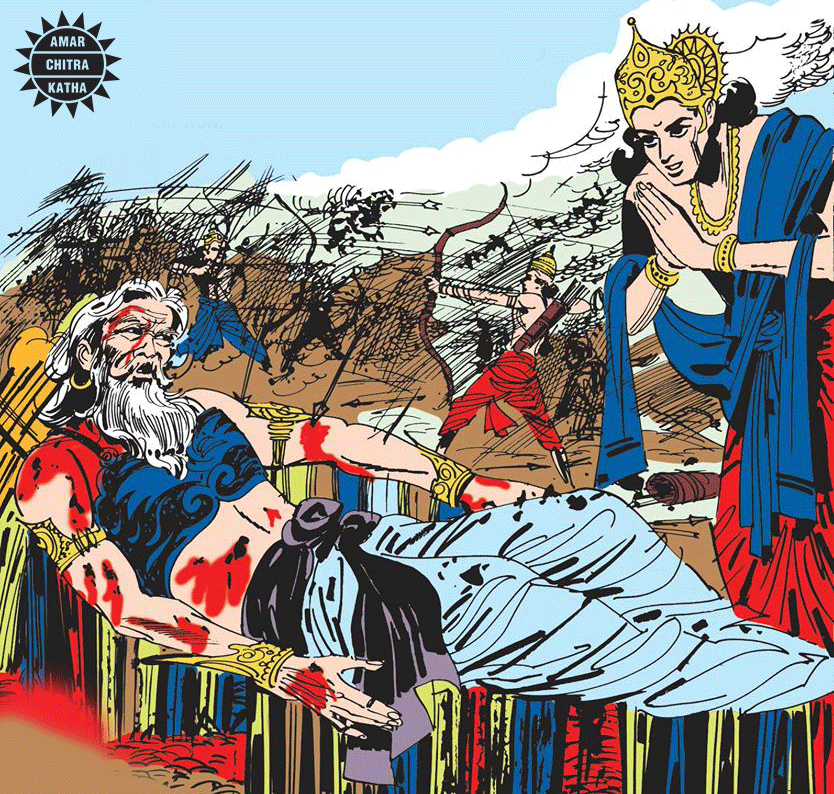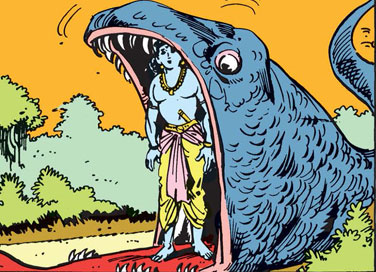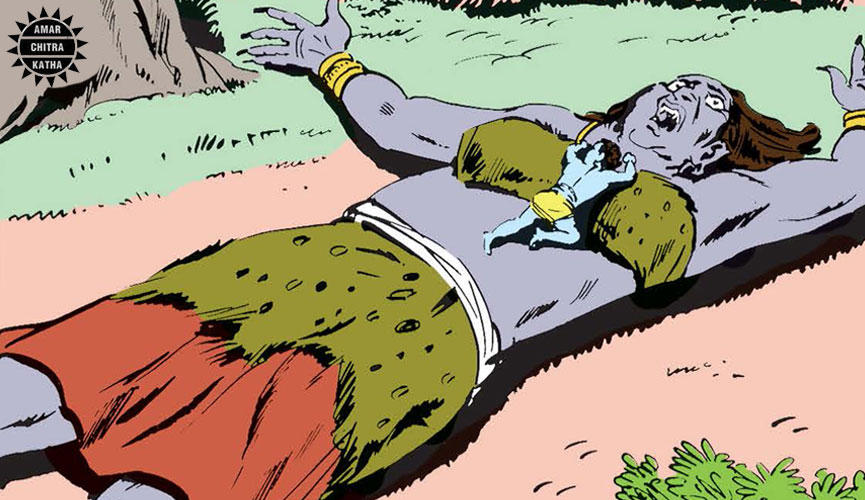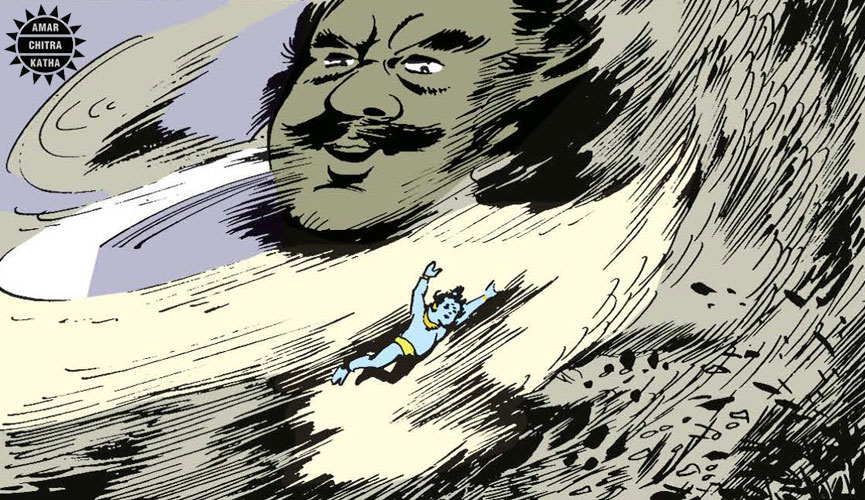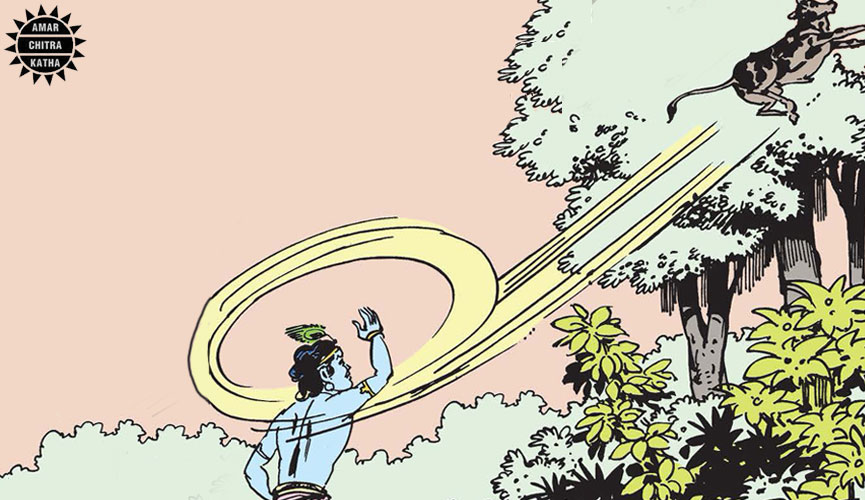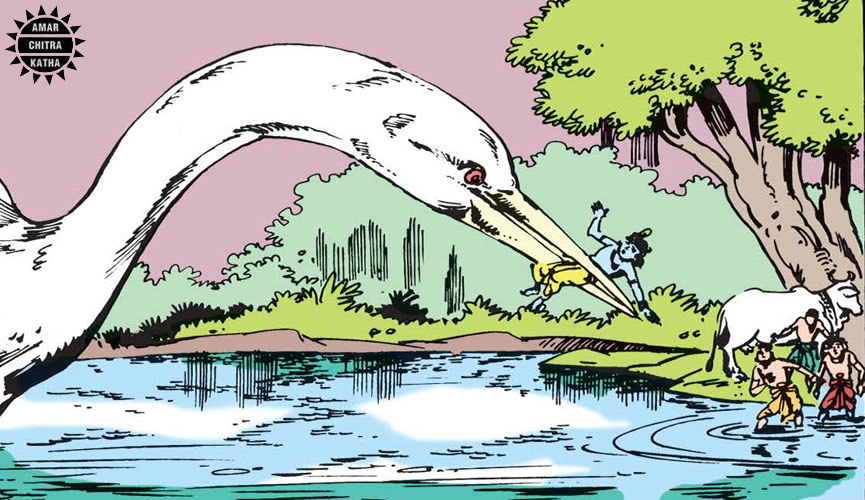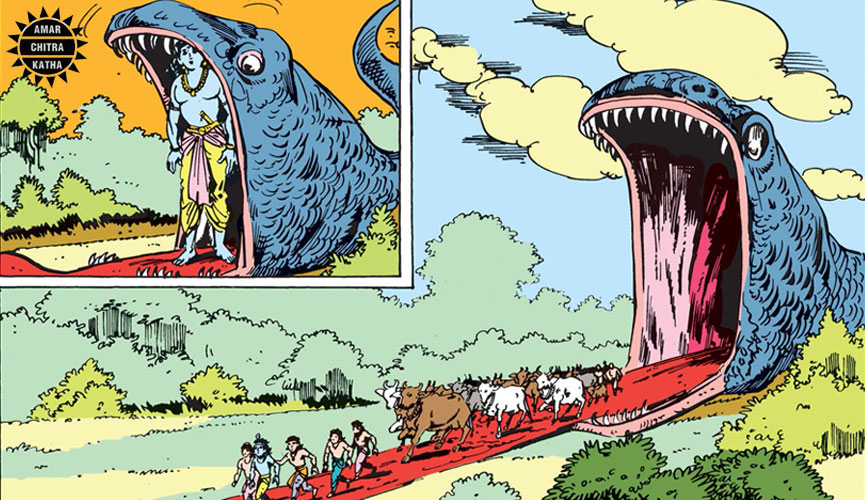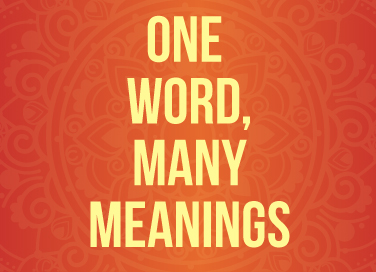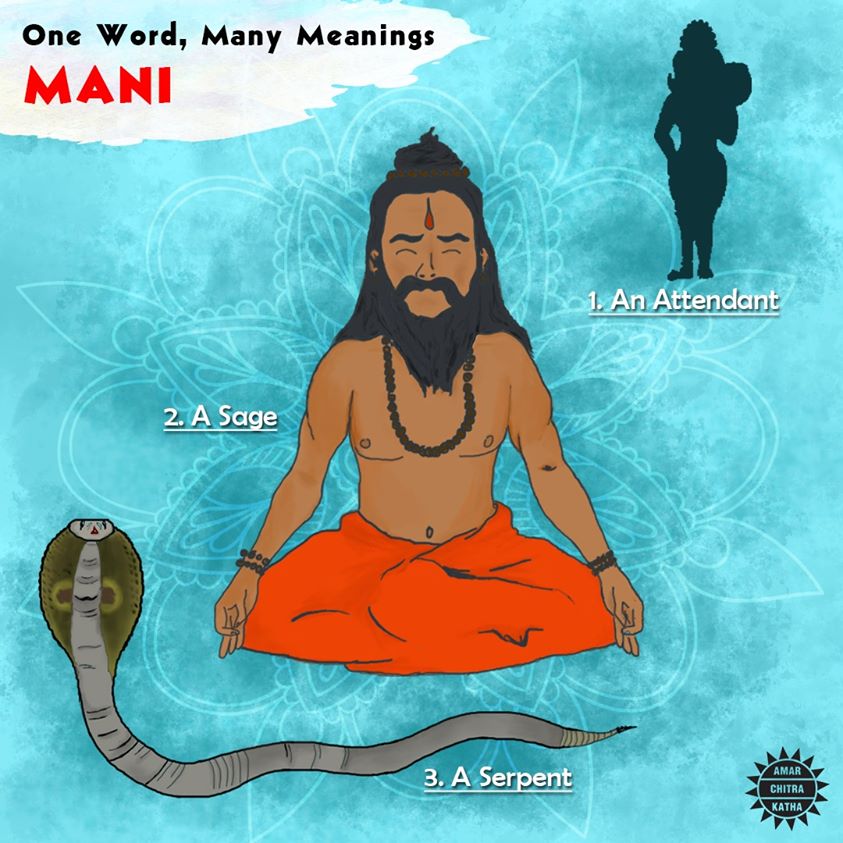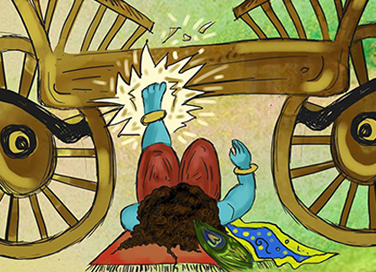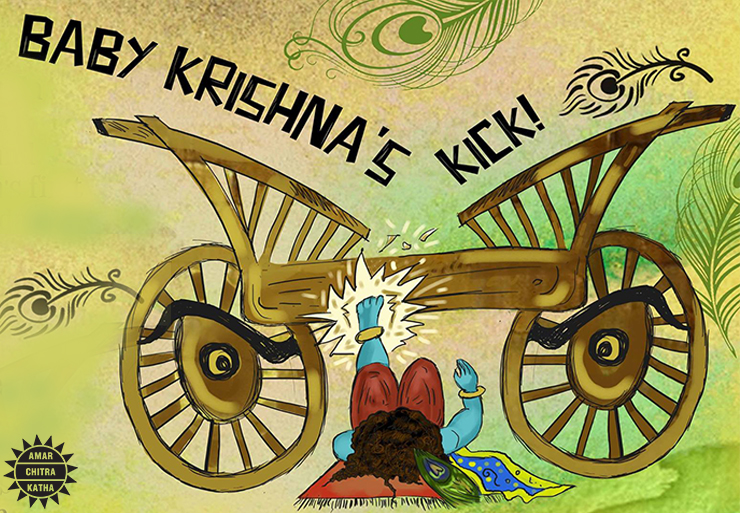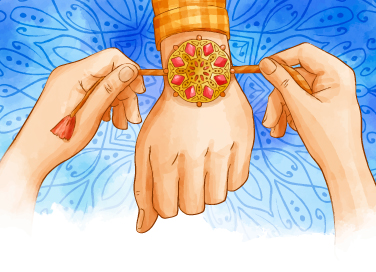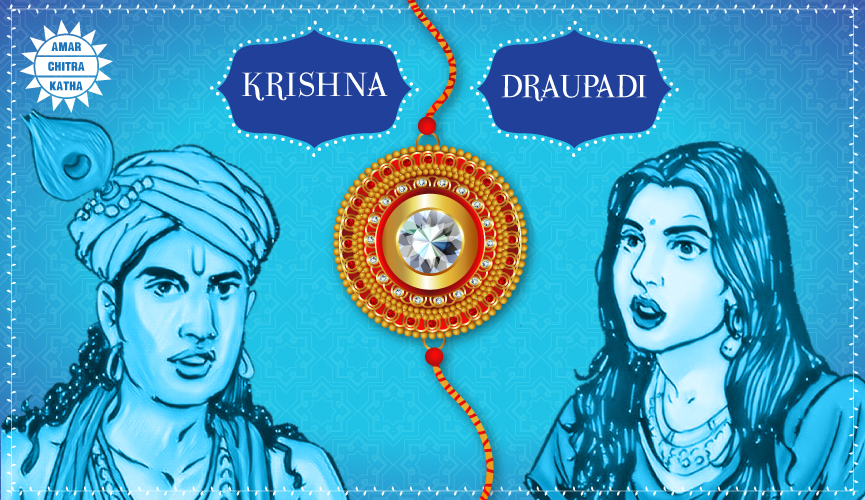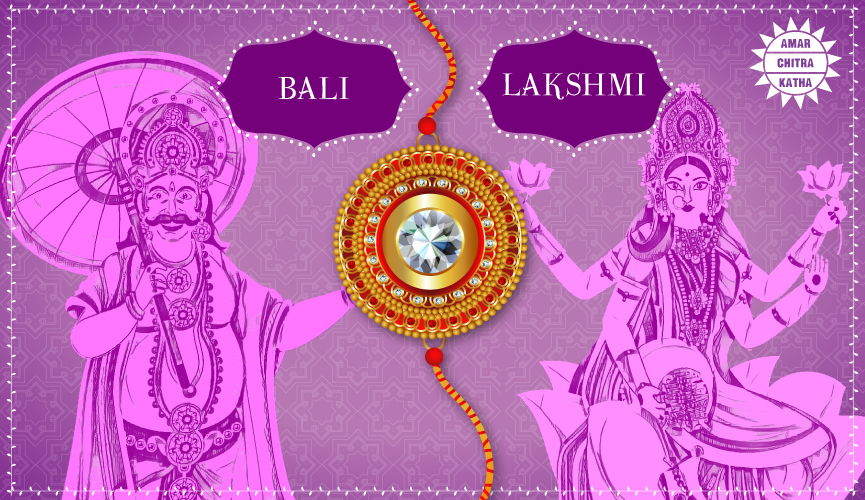By Nitya Menon
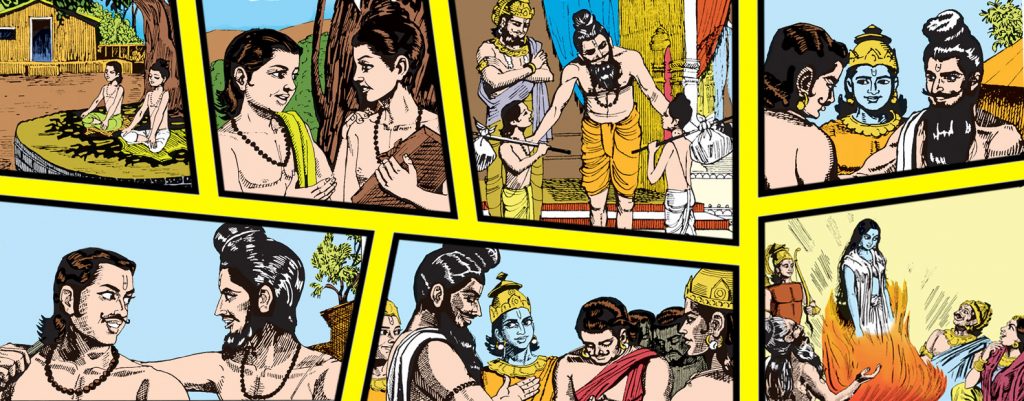
The Mahabharata, the timeless epic of dharma, is filled with stories of treachery, deceit, and revenge. One such story of revenge was between the guru Dronacharya and king Drupada, father to Draupadi. Their story not only shows the vicious cycle of revenge, but also portraits the extent a vengeful soul can go to achieve its motive. Interestingly, this story of revenge started with a deep bond of friendship.
Childhood buddies
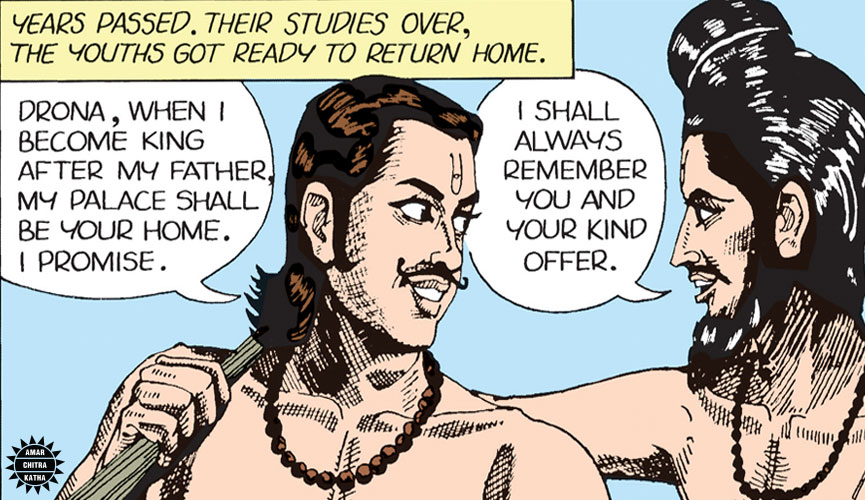
Drona’s father, Bharadwaja, was a sage whereas Drupada’s father, Prishata, was the king of Panchala. The two were dear friends. When Drona and Drupada grew up, they began their studies under the guidance of Bharadwaj. The two boys followed their fathers’ footsteps, a strong friendship blossoming between them. Later, they started studying the science of arms from Rishi Agnivesha. Over the years, they helped each other with their studies and daily routines. Their friendship grew stronger. So deep was their bond that Drupada promised Drona that once he becomes the king, his palace will be Drona’s home and the two will be together forever. Drona felt blessed to have a friend like Drupada and more than his promise, he appreciated his generosity. After their studies, they both parted ways and moved on to have families of their own.
The seed of revenge
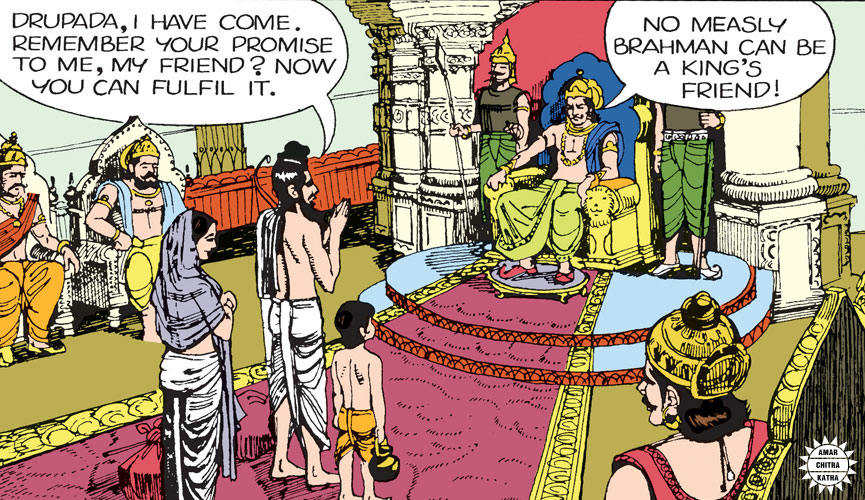
Drona got married and had a son whom he named Ashwathama. He cared deeply about his wife and son. So attached he was to them that he would do anything for their wellbeing. Even though he did not have any materialistic urges, he tried to acquire wealth for them. It was then that he learned about Parashurama, a brahman warrior who was also the sixth incarnation of Vishnu, distributing his wealth among the brahmans. Unfortunately, by the time Drona arrived, Parashurama had already given away all his wealth and was to retire to the forest. Yet Parashurama did not want Drona to go back empty-handed. He offered him the choice of his body and his divine weapons, the only things left with him. Drona opted for the weapons along with the mantras to use them. He was extremely happy and felt blessed to receive it from the great Parashurama himself. Unfortunately, this did not help his financial condition.
Around the same time, Drupada had ascended the throne and was now the king of Panchala. On recalling the bond that Drupada and he had shared, Drona approached him for help with great confidence in his friend’s generosity. He assumed that Drupada would welcome his family and be willing to share his newfound wealth. When Drona reached the kingdom of Panchala, things had completely changed. It seemed power and pride had gone to Drupada’s head, who feigned ignorance at their childhood friendship. “How can there ever be a friendship between a king and a wandering beggar? Leave at once.” Hearing these harsh words Drona was heartbroken. He vowed revenge on Drupada and left the palace in anger.
Drona gets his revenge
Drona’s vow had made him determined to earn fame and fortune and use his skills to prove his worth to the world. He cultivated a tremendous longing to acquire wealth and prove himself to Drupada. Soon, on the bases of his knowledge and fame, Drona became the guru of the cousin clans, the Pandavas and the Kauravas, but only on the condition that his students would avenge his insult as his fee.
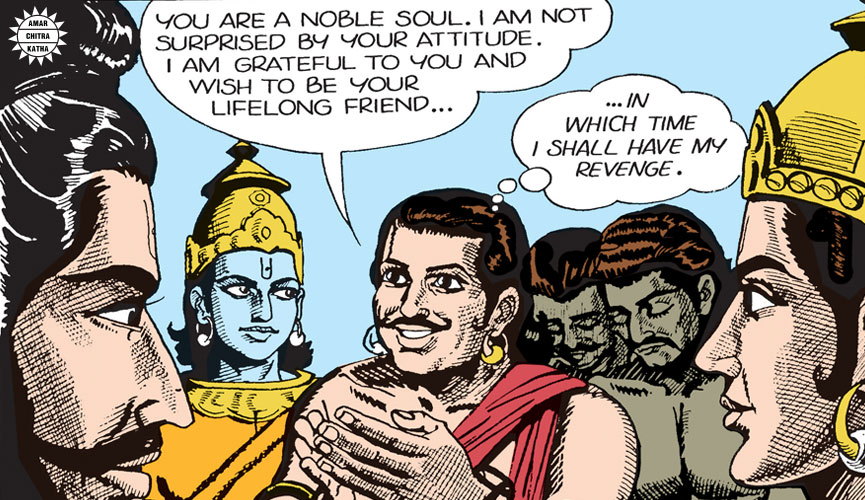
Years passed by. It was soon time for his students to make good on their promise to him. Both the clans attacked the Panchala kingdom, but the Kauravas fled the battlefield fearing the powers of the Panchala army. Meanwhile, the Pandavas fought the army fearlessly, with the Pandava prince Arjuna managing to capture Drupada for his guru with his Gandiva. This was the moment Drona had been waiting for all his life. He said,
“Drupada, you broke your promise and insulted me. Look, my students captured you fulfilling my revenge. Now your entire kingdom belongs to me. I do not wish to live in enmity. Let’s revive our friendship. I will return you half of your kingdom. You need not be ashamed to owe me now because I am a king too.”
Hearing this, Drupada smiled and folded his hands in gratitude. He thanked his friend for being so kind and forgiving.
Little did Drona know that Drupada’s smile was a mask, one he wore to cover his vindictive motives. In the same breath he ‘thanked’ his erstwhile classmate, he vowed to himself that he would avenge Drona’s affront.
Drupada Retaliates
Drupada desired a son whose sole purpose in life would be to slay Drona. He sought the blessings of a sage who advised him to perform a Yagya, a sacrificial ritual in front of a sacred fire. Out of the flames rose a young boy followed by a young girl. The brahmans named them Dhrishtadyumna and Draupadi, also revered as Draupada and Panchali, respectively.
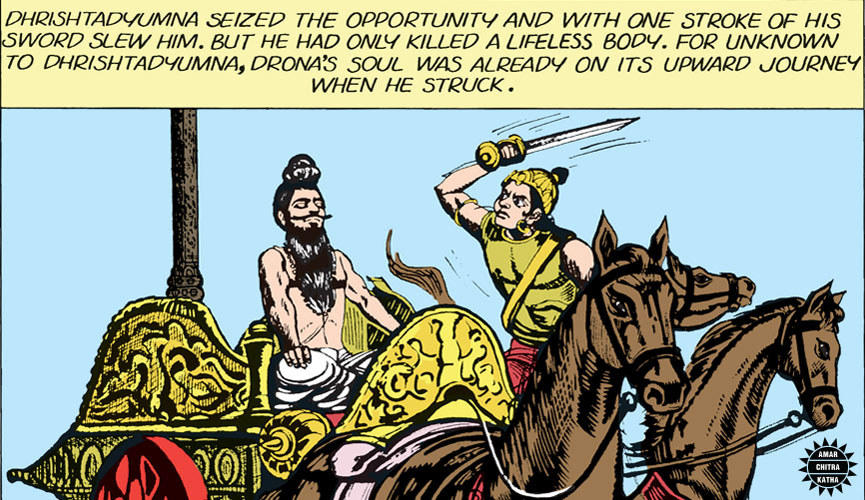
In the great war of Mahabharata, which was fought for eighteen days, Drona fought for the Kauravas and Drupada and Dhrishtadyumna fought for the Pandavas. On the fourteenth day, Drona killed Drupada. Grief-stricken by his father’s death, Dhristadyumna pledged to kill Drona at the earliest, eventually slaying the mighty guru while he was meditating, something that was technically against the established rules of war at the time. Unfortunately for Dhristadyumna, Drona’s son, Ashwathama, felt the same way about his father’s death, tracking down Dhristadyumna on the 18th night of the great war, and slaying him, showing no mercy. Thus ended the blood feud between Drona and Drupada, a bloody cycle of violence because of one man’s haughtiness and another man’s pride.
Choose from many stories of the Mahabharata in Amar Chitra Katha’s wide range of mythology titles, now available on the ACK Comics app, as well as Kindle, Amazon, Flipkart, and other major e-tailers.






